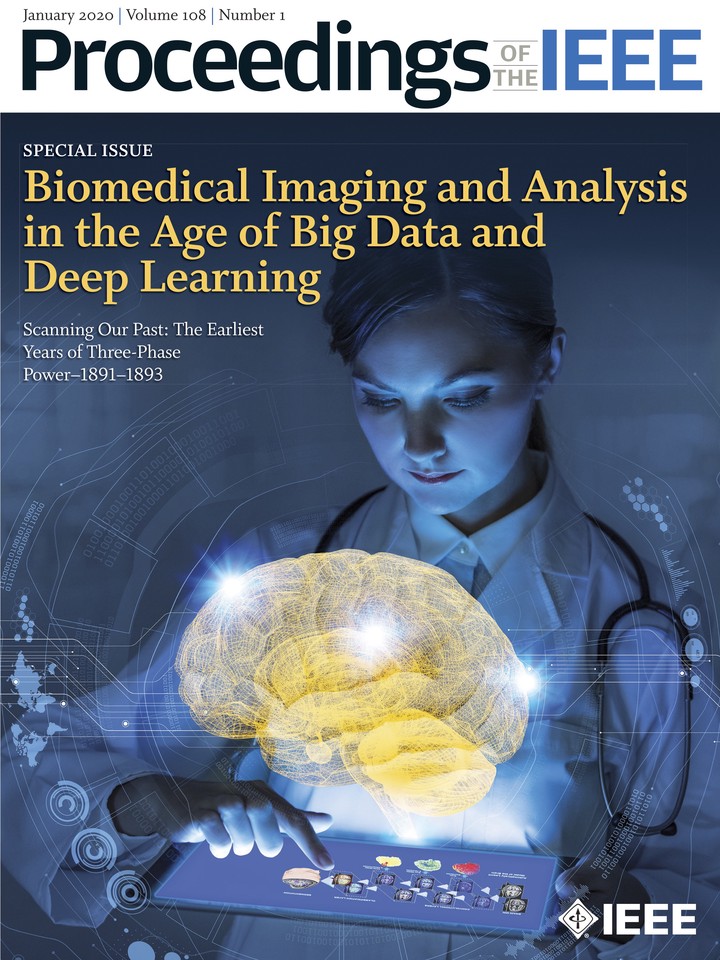Model-Based and Data-Driven Strategies in Medical Image Computing

Abstract
Model-based approaches for image reconstruction, analysis, and interpretation have made significant progress over the past decades. Many of these approaches are based on either mathematical, physical, or biological models. A challenge for these approaches is the modeling of the underlying processes (e.g., the physics of image acquisition or the patho-physiology of a disease) with appropriate levels of detail and realism. With the availability of large amounts of imaging data and machine learning (in particular deep learning) techniques, data-driven approaches have become more widespread for use in different tasks in reconstruction, analysis, and interpretation. These approaches learn statistical models directly from labeled or unlabeled image data and have been shown to be very powerful for extracting clinically useful information from medical imaging. While these data-driven approaches often outperform traditional model-based approaches, their clinical deployment often poses challenges in terms of robustness, generalization ability, and interpretability. In this article, we discuss what developments have motivated the shift from model-based approaches toward data-driven strategies and what potential problems are associated with the move toward purely data-driven approaches, in particular deep learning. We also discuss some of the open challenges for data-driven approaches, e.g., generalization to new unseen data (e.g., transfer learning), robustness to adversarial attacks, and interpretability. Finally, we conclude with a discussion on how these approaches may lead to the development of more closely coupled imaging pipelines that are optimized in an end-to-end fashion.